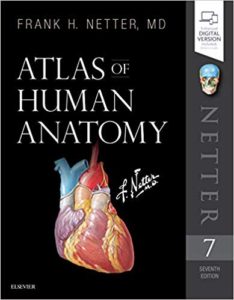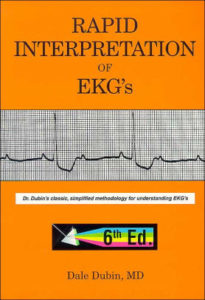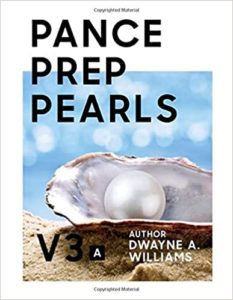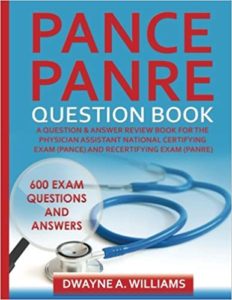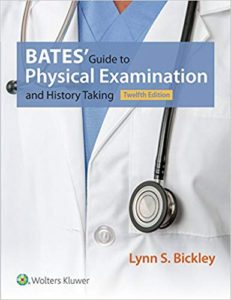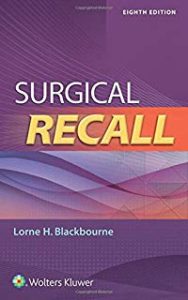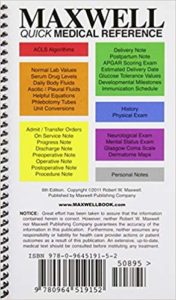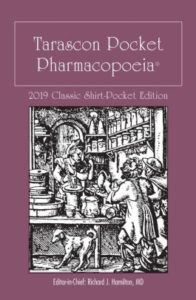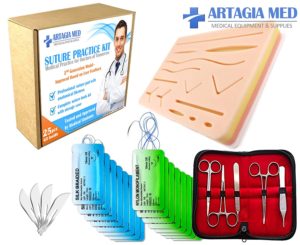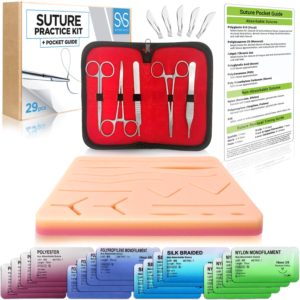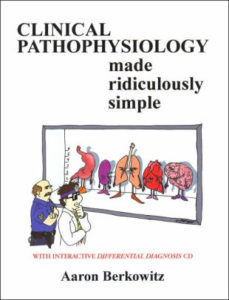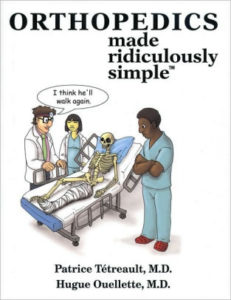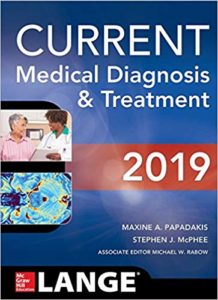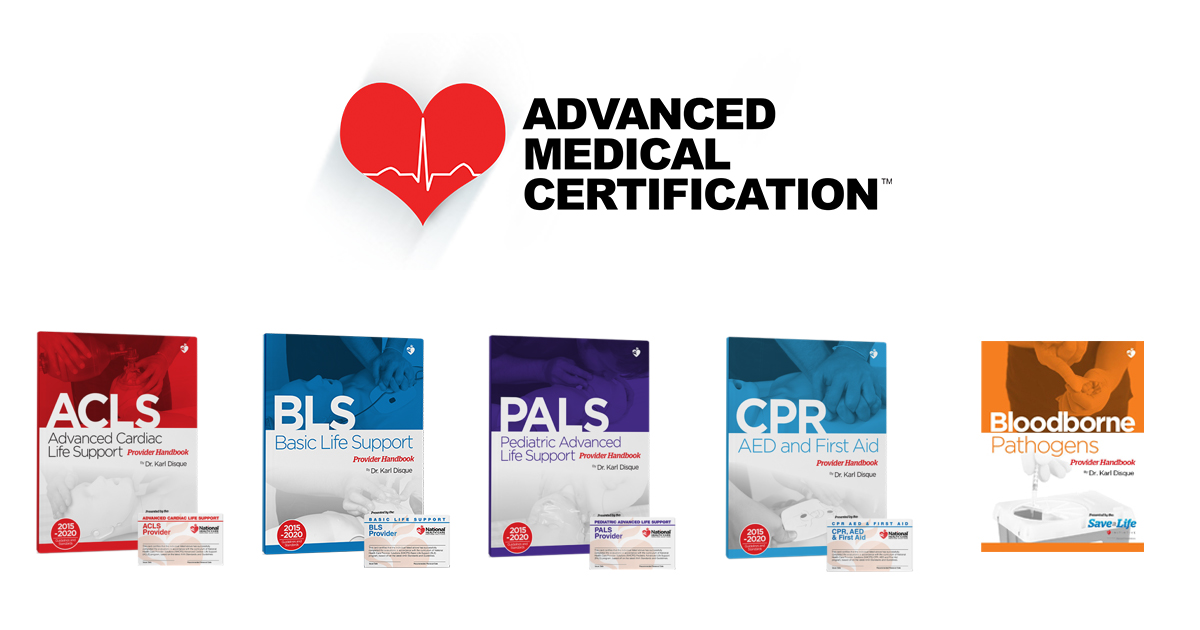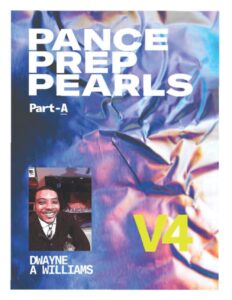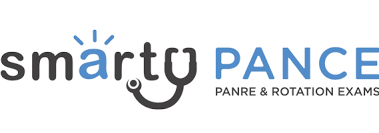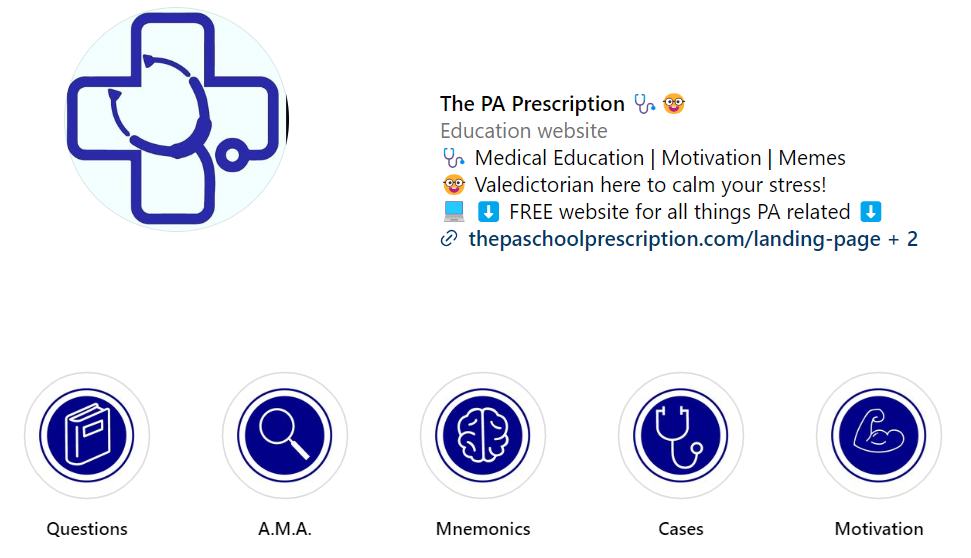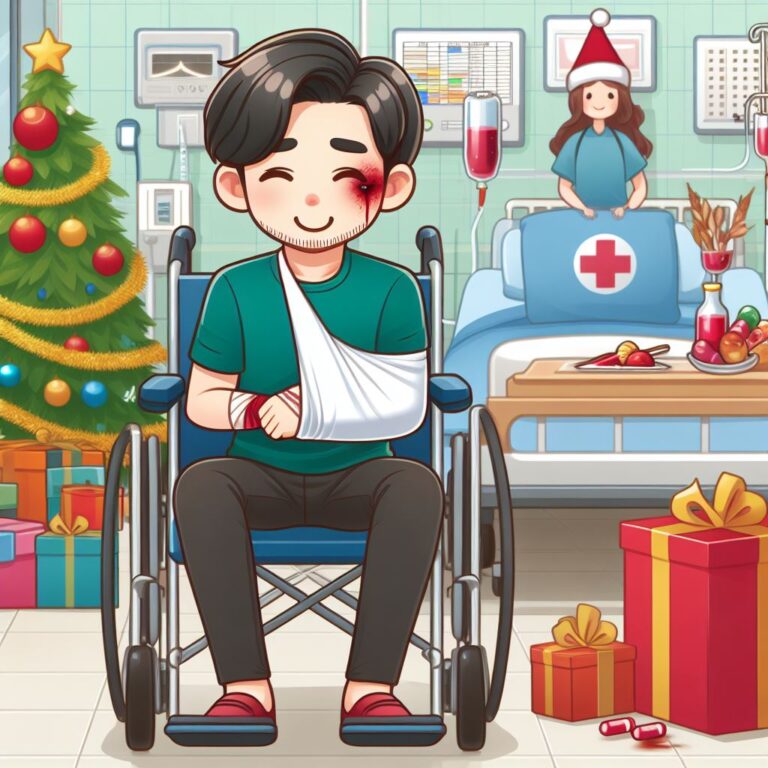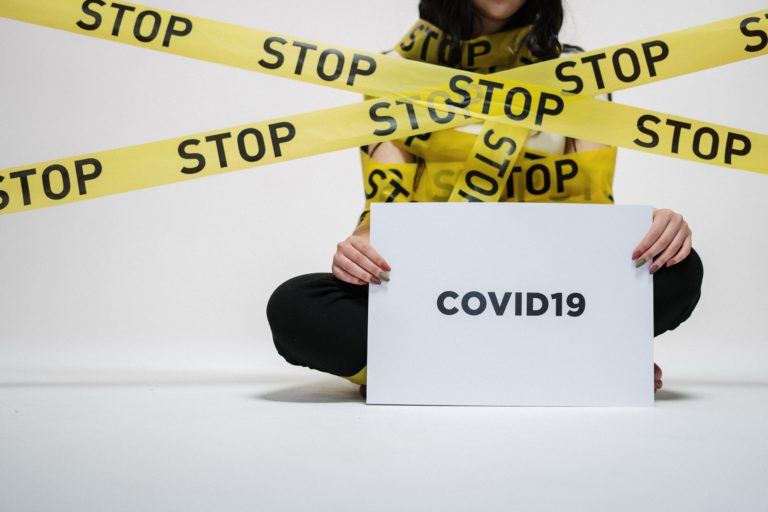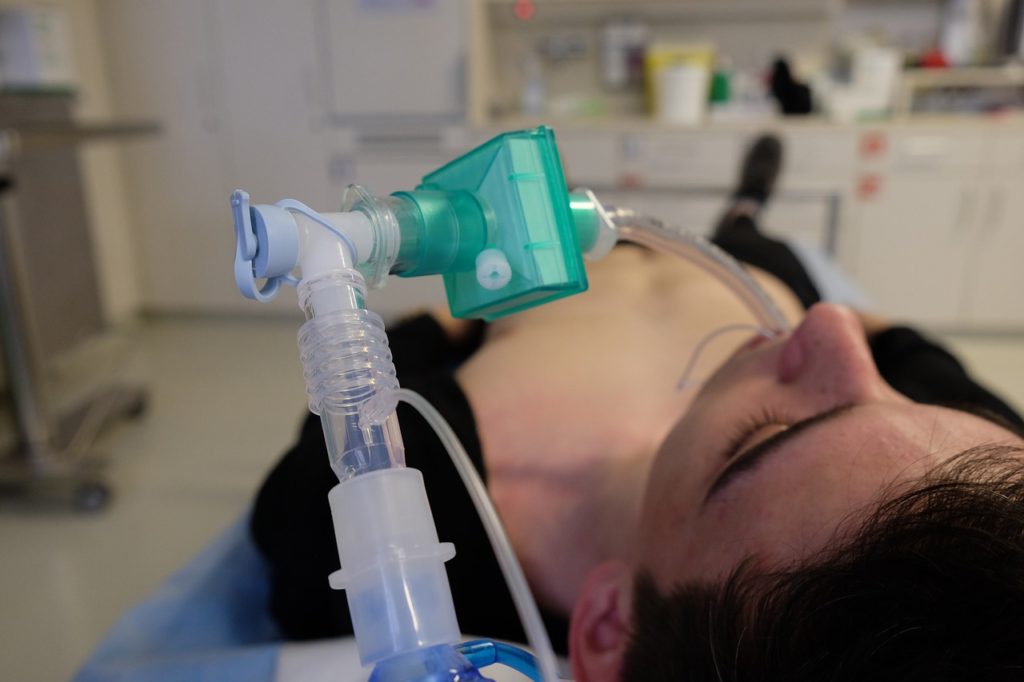
ER to ICU PA..the beauty of the PA profession
Everyone in the healthcare industry has been affected by the COVID-19 pandemic in one way or another. Whether it’s how we practice medicine, how we document, or some other instance. There was obviously a surge of patients that required ICU level care and, in my personal experience, there was a shortage of ICU providers. Luckily, due to the lateral mobility of the PA profession, I was fortunate enough to step right into the role of an ICU PA with little to no training. Of course I had to know the basics of day to day management; however, I had to go “back to school” and learn how to manage vents, learn advanced procedures, and other responsibilities totally out of my comfort zone of the emergency room. I went back to resources I knew and trusted including, OnlineMedEd, Picmonic, EMCrit, and of course PANCE Prep Pearls to refresh on some other forms of medical management in which I was out of practice.
Primarily I work in the ER working a full twelve-hour day. However, since the ER volume was drastically down, the ER Advanced Practice Providers hours were cut back. This gave me the opportunity to work more in one of the three intensive care units at my hospital during the COVID-19 avalanche. The ICU PA’s were happy to have the extra help and were excited to teach me and colleagues advanced procedures to ease their burden as well. The saying “See one, do one, teach one” is the golden rule when learning a new medical skill. Because a lot of the procedures being taught were things like central lines, midlines, arterial lines, intubations, etc., it was obvious that after seeing a veteran ICU PA perform one of these procedures that it would take some research and practice until it was mastered and able to be done with ease. After learning from my peers and also going back to Youtube University for help. Lucky for me I had some advanced procedure practice during my surgical rotation in school, but this was over a year ago. I was very fortunate that one-handed knot tying came back to me like riding a bike this way, so securing a central line was no problem. As the surge begins to settle and volume ICU level volume begins to decrease, my time as an ICU APP is declining as well. It was extremely rewarding to jump out of one specialty and into another to help out in the hospital when the volume and stress levels of everyone was at an all-time high!



